Imagine stepping into your shower and being greeted by a cascade of water, mimicking a refreshing summer rain. But what if your current shower experience feels more like a gentle mist than a powerful downpour? Low water pressure can be frustrating and downright disappointing. Fear not, fellow shower enthusiast! This guide is packed with easy and affordable solutions to boost your shower pressure without breaking the bank.
Before You Begin: Identifying the Culprit
Before diving into solutions, it's crucial to identify the potential reasons behind your lackluster shower pressure. Here are some common culprits:
- Clogged Showerhead: Mineral deposits and debris can accumulate over time, restricting water flow. A simple cleaning might be all you need!
- Flow Restrictor: Many showerheads are equipped with restrictors to conserve water. While an eco-friendly feature, it can limit your desired pressure.
- Blocked Pipes: Sediment build-up within your plumbing system can impede water flow throughout your house, including the shower.
- Municipal Water Pressure: Sometimes, the issue lies beyond your control. Low water pressure might be a result of limitations within your municipality's water supply system.
DIY Solutions for a More Powerful Shower
Once you've identified the culprit, you can explore these easy and inexpensive solutions to get your shower pressure flowing freely:
- Cleanse the Culprit: The Power of a Showerhead Scrub
The most common culprit behind low shower pressure is a clogged showerhead. Mineral deposits and limescale buildup can significantly restrict water flow. Remove the Restrictor: Unleashing the Full Potential ( Caution Advised! )
Many showerheads come equipped with a flow restrictor, a small plastic disc inserted to limit water usage. While this promotes water conservation, it can also restrict the pressure you desire. Before attempting to remove the restrictor, be aware of your local water conservation regulations. Removing the restrictor might violate these regulations in some areas.
Consider a Pressure-Boosting Shower Head: A Targeted Upgrade

If cleaning the showerhead and removing the restrictor (if applicable and legal) don't yield the desired results, consider investing in a pressure-boosting showerhead. These showerheads are specifically designed to optimize water flow and create a more powerful showering experience. They often achieve this through a clever design that channels water more efficiently or utilizes micro-nozzles to create a more forceful spray pattern.
Shower Powerhouse Tricks: Beyond the Basics
While the solutions mentioned above lay a solid foundation for a more invigorating shower, here are some additional tricks to consider:
- Check the Shower Valve: Sometimes, a faulty shower valve can restrict water flow. If cleaning the showerhead and removing the restrictor don't improve pressure, consider replacing the shower valve with a pressure-balancing model. These valves are designed to maintain a consistent water temperature and pressure even when other water sources in the house are turned on.
- Inspect the Shower Hose: Over time, shower hoses can kink or develop cracks, impeding water flow. A simple visual inspection can reveal any potential issues. Replacing a clogged or kinked shower hose with a new one can significantly improve pressure.
- Consider a Shower Pump (With Caution): In extreme cases, if all else fails and your municipal water pressure is truly lacking, you might consider a shower pump. These pumps are installed inline with the shower's existing plumbing and can boost water pressure. However, be aware that installing a shower pump can be a complex process and might require professional help. Additionally, they can add to your water usage and energy consumption.
Pro Tip: Maximize Efficiency While Upgrading
When considering a new showerhead or handheld option, look for models with the WaterSense label. This label signifies that the showerhead meets strict criteria set by the Environmental Protection Agency (EPA) for water efficiency, meaning you can enjoy a powerful shower without sacrificing conservation efforts.
Shower Powerhouse for Less: Exploring Affordable Options
While a luxurious rain shower system might be the ultimate dream, it's not always the most budget-friendly option. Here are some cost-effective alternatives to consider:
- High-Efficiency Showerheads: Look for showerheads labeled as "high-efficiency" or "low-flow. " These models often use innovative designs to create a satisfying showering experience while still promoting water conservation.
- Handheld Showerheads: A handheld showerhead offers more versatility and can be used to target specific areas or create a more concentrated spray for a more powerful feel. Many handheld models also come with adjustable spray patterns for a customized showering
Final Thoughts
A powerful shower is more than just a fleeting moment of pleasure; it's an invigorating way to start your day or unwind after a long one. But low water pressure can dampen that experience, leaving you feeling frustrated and longing for a more satisfying rinse. The good news? Transforming your shower into a pressure paradise doesn't require a hefty price tag or complex plumbing projects.
This guide has equipped you with a toolbox of simple and affordable solutions. By starting with a deep clean of your showerhead and potentially removing the restrictor (while adhering to local regulations), you can often achieve a noticeable improvement. Investing in a pressure-boosting showerhead or opting for a high-efficiency model offers an additional upgrade without breaking the bank.
Remember, a little detective work goes a long way. Identifying the culprit behind your low pressure – be it a clogged showerhead, a faulty valve, or a kinked hose – empowers you to implement the most effective solution. And for those in extreme situations, a shower pump (installed with caution and professional guidance, if necessary) can be a last resort.

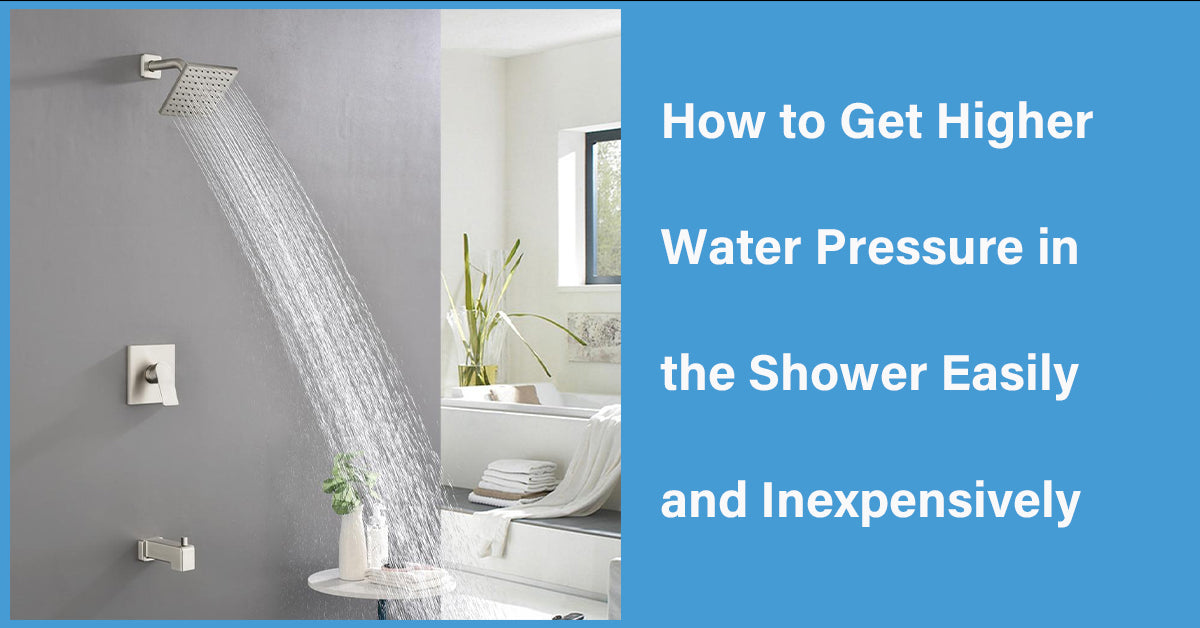
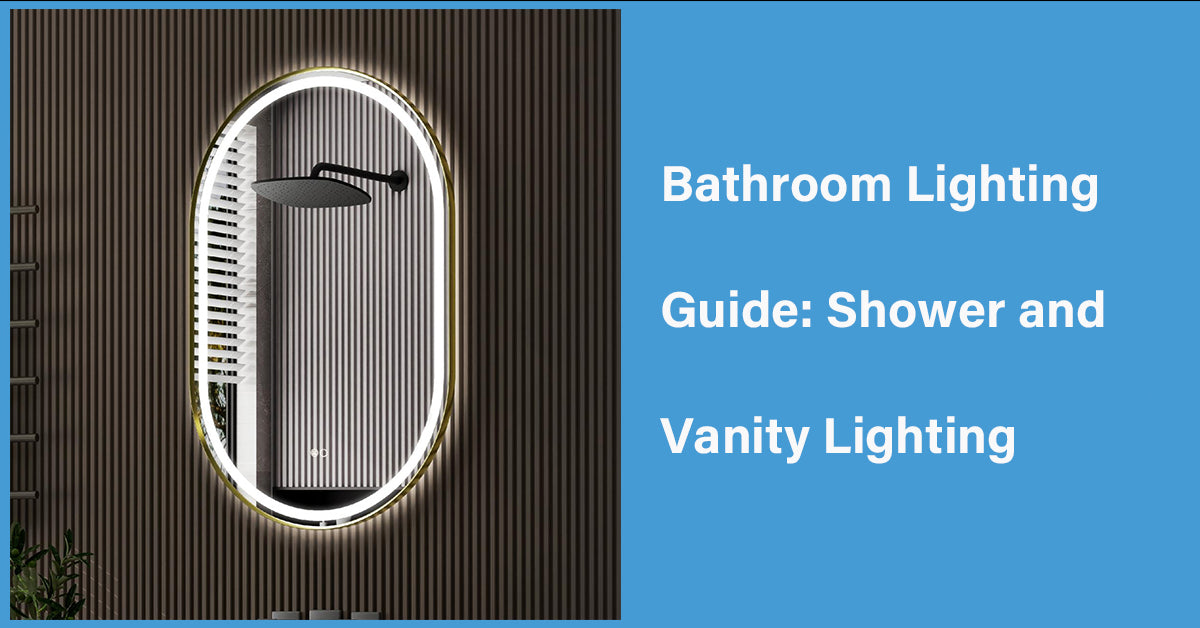

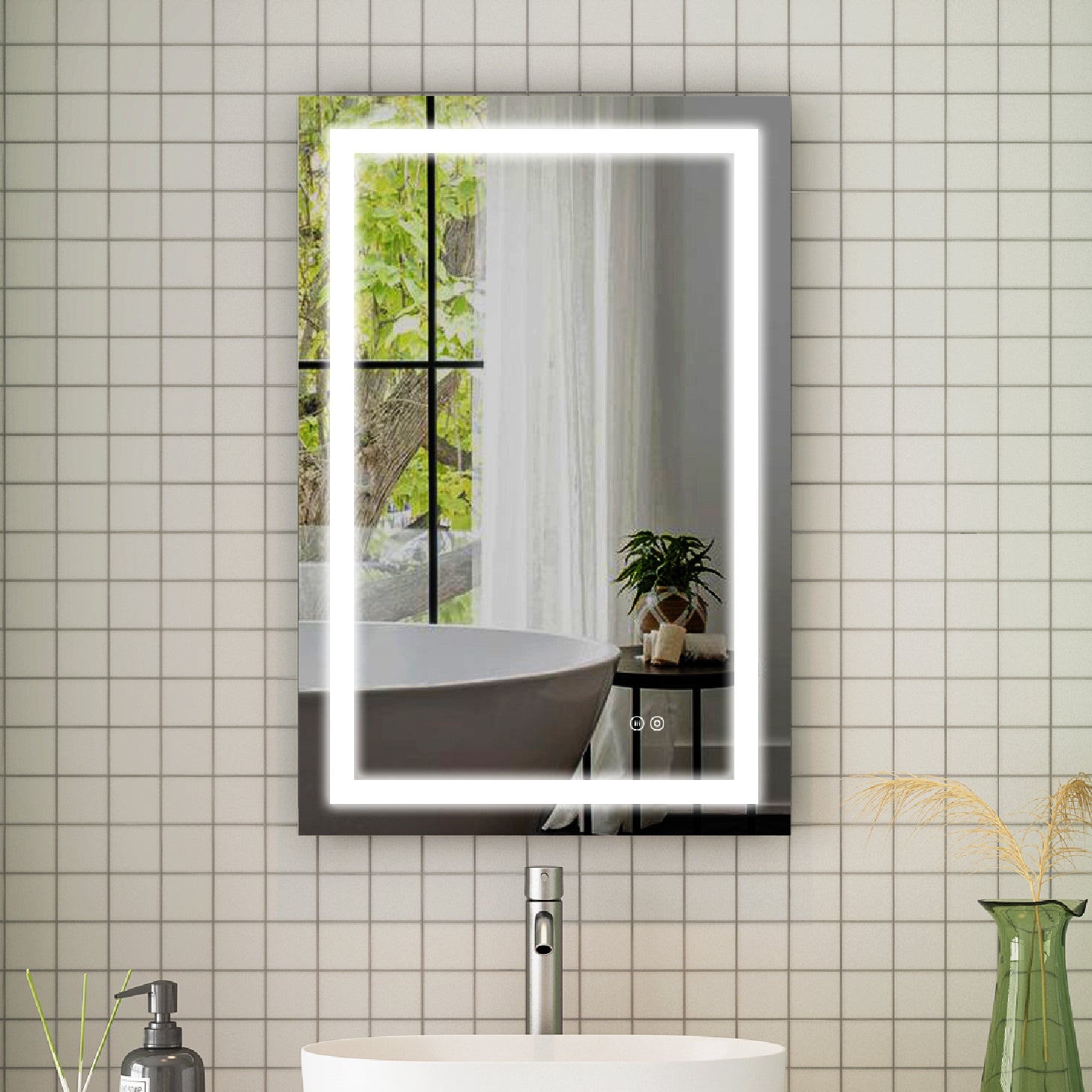
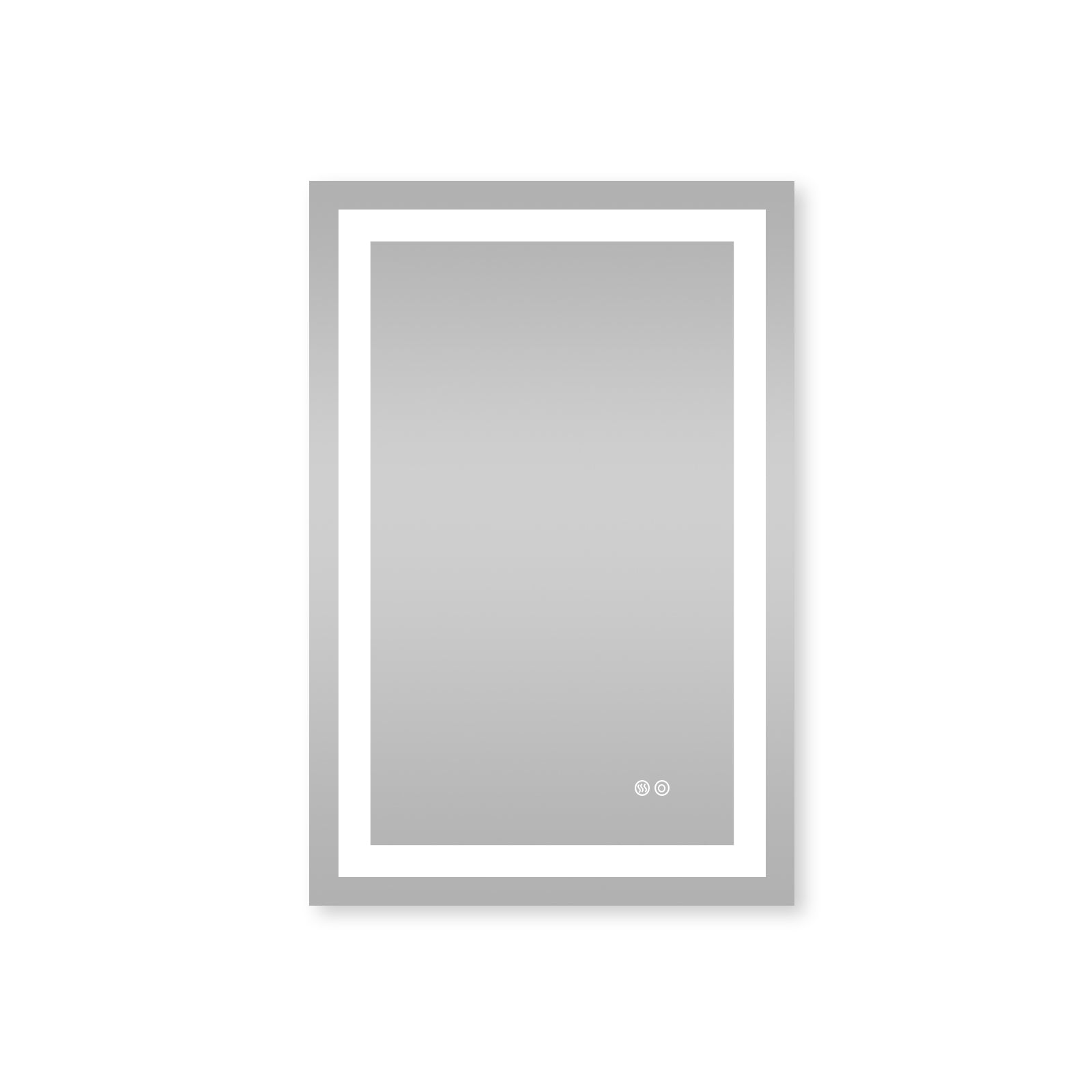
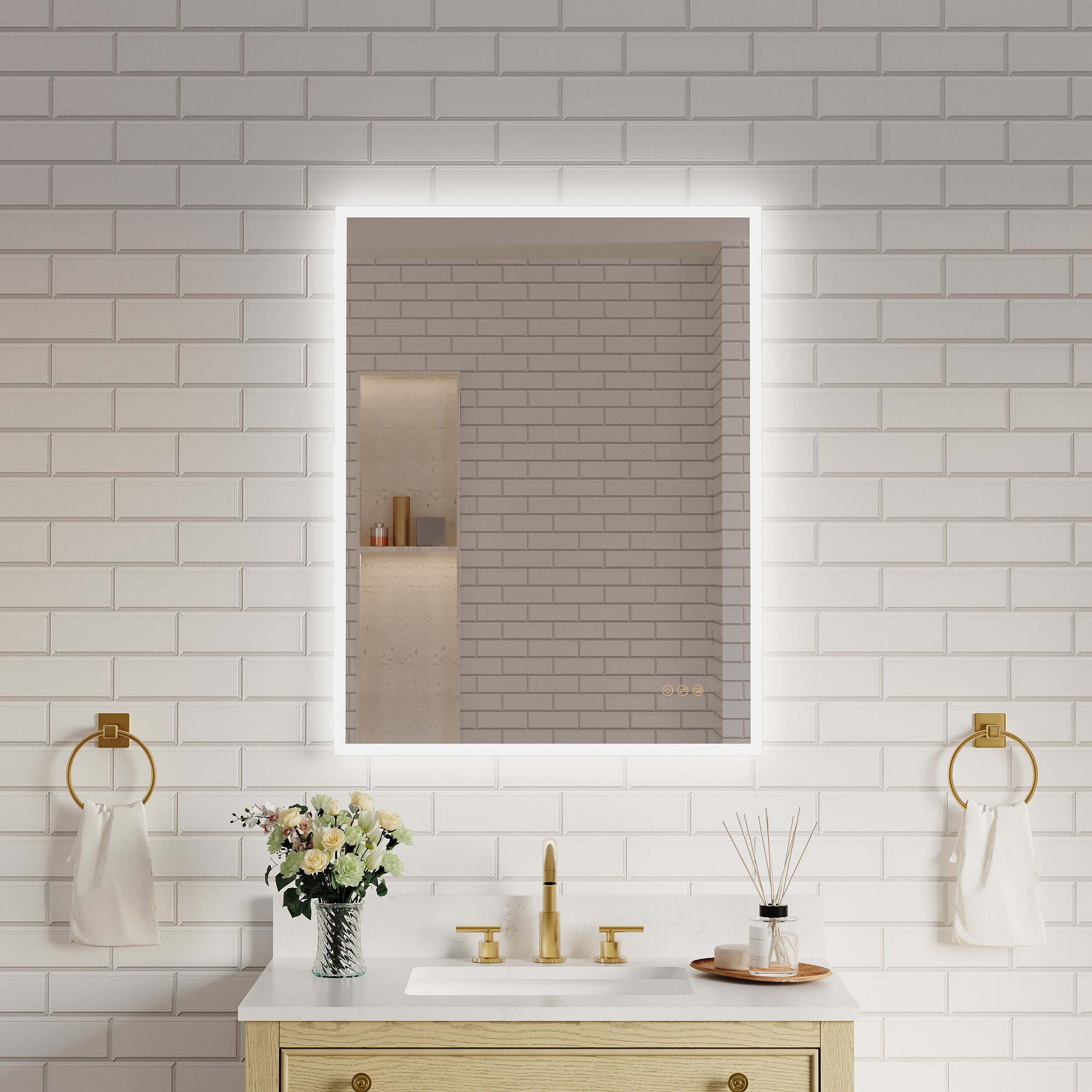


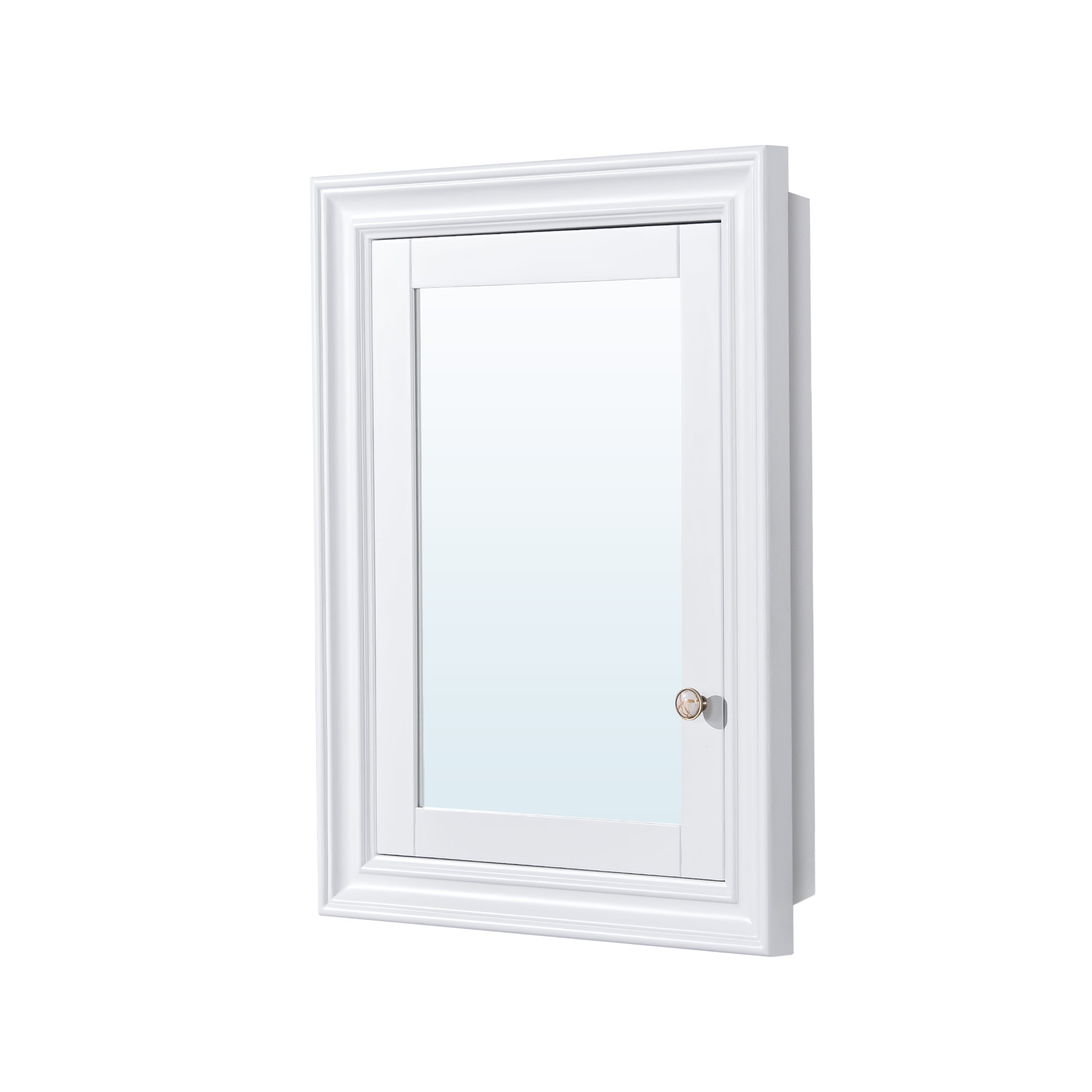
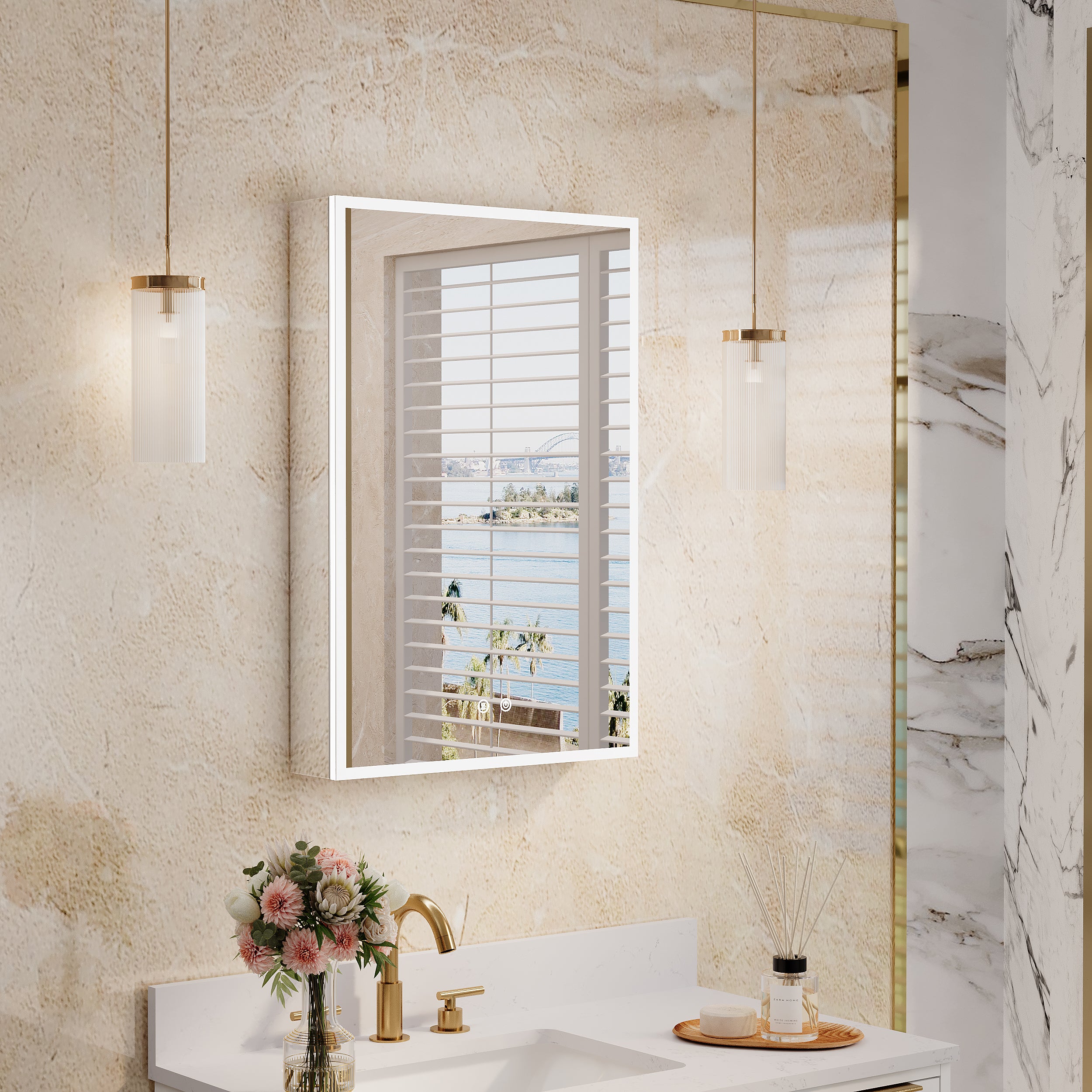
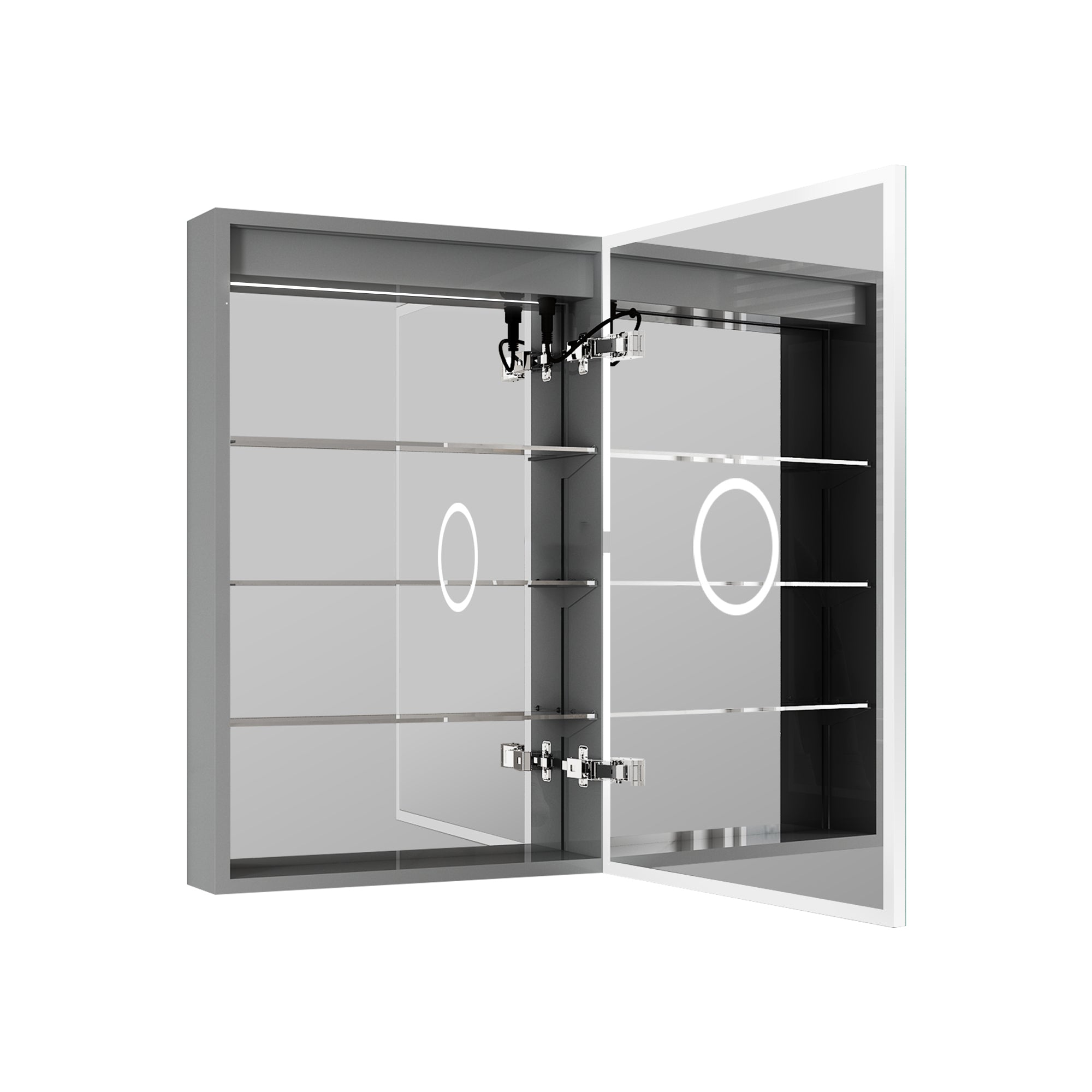
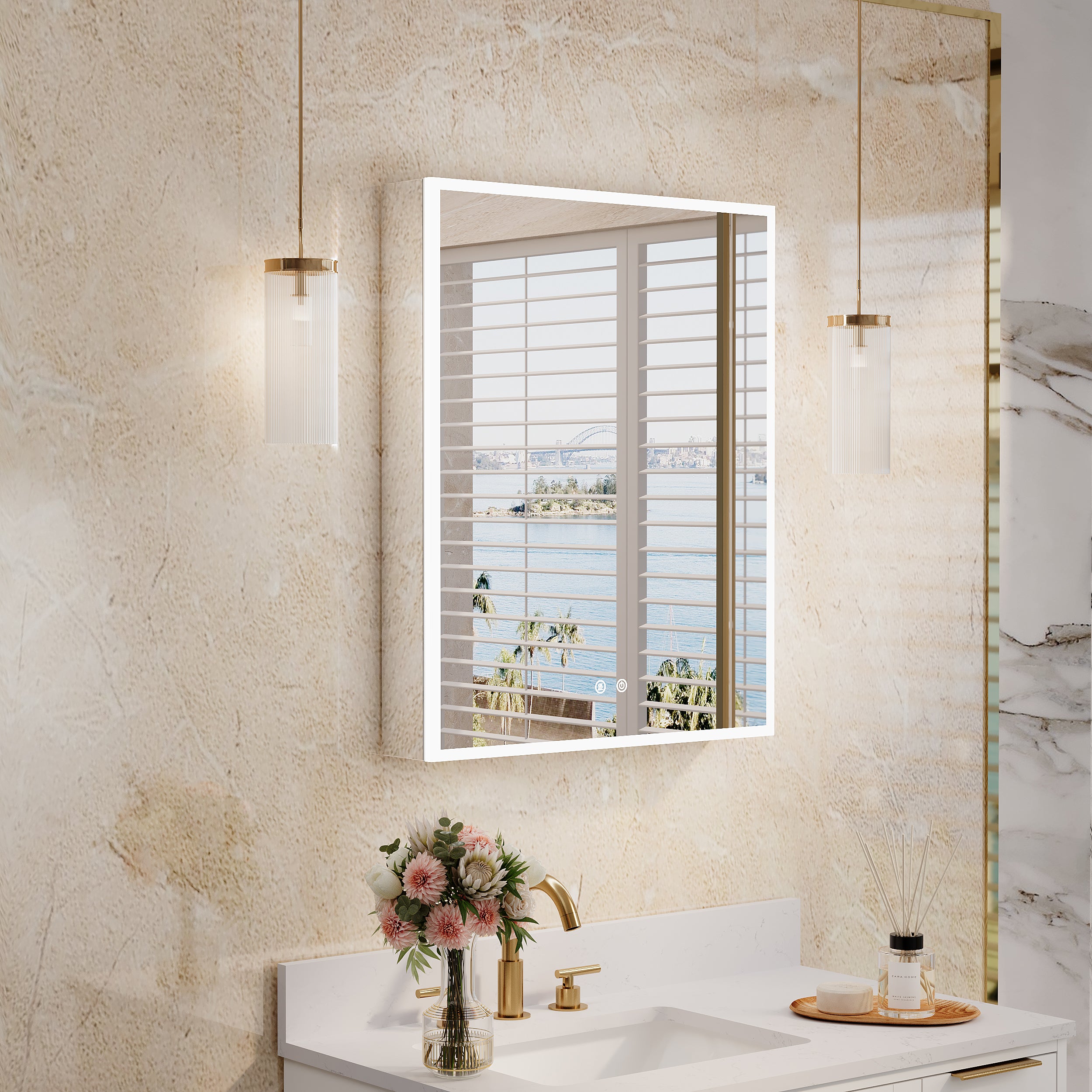
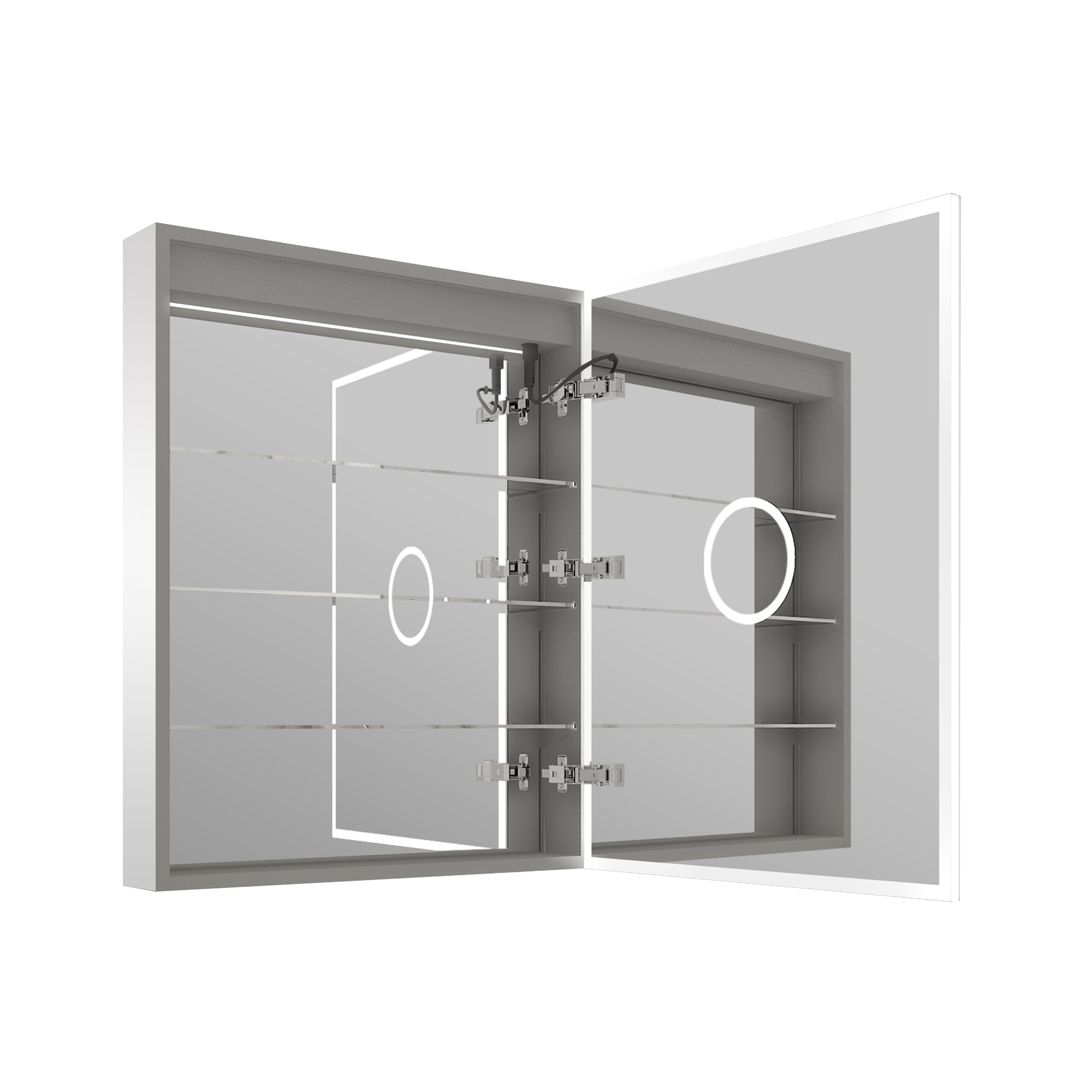
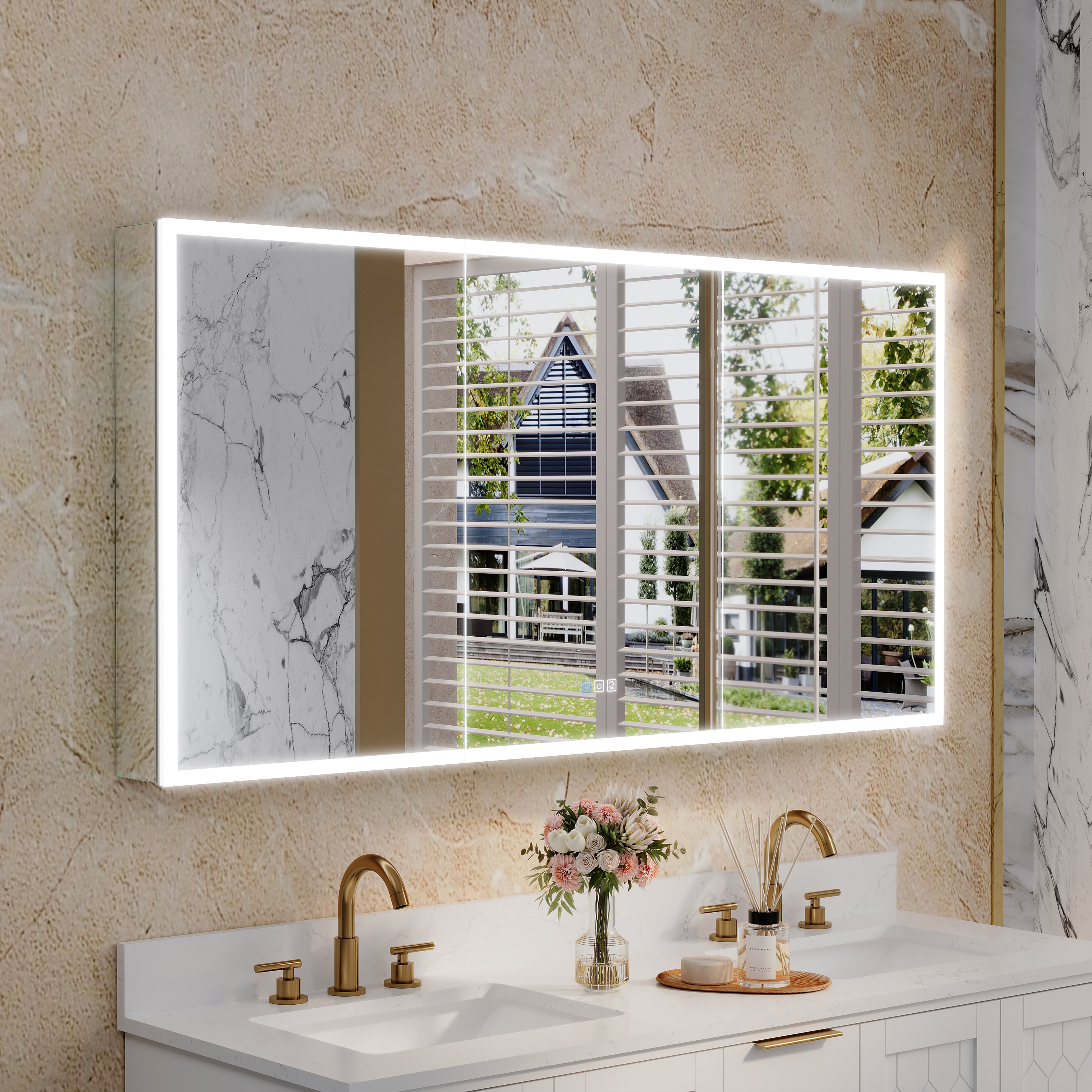
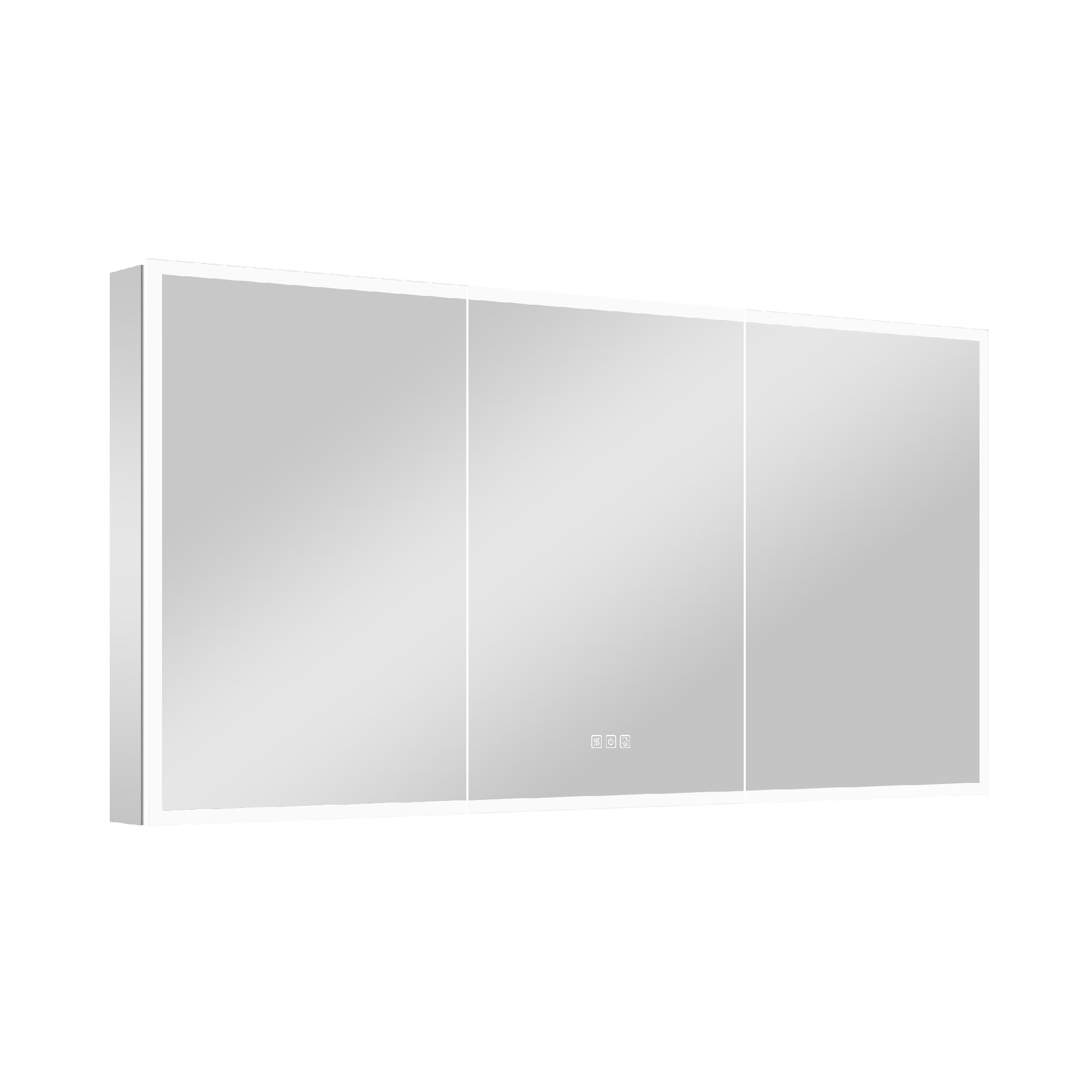
Leave a comment
This site is protected by hCaptcha and the hCaptcha Privacy Policy and Terms of Service apply.